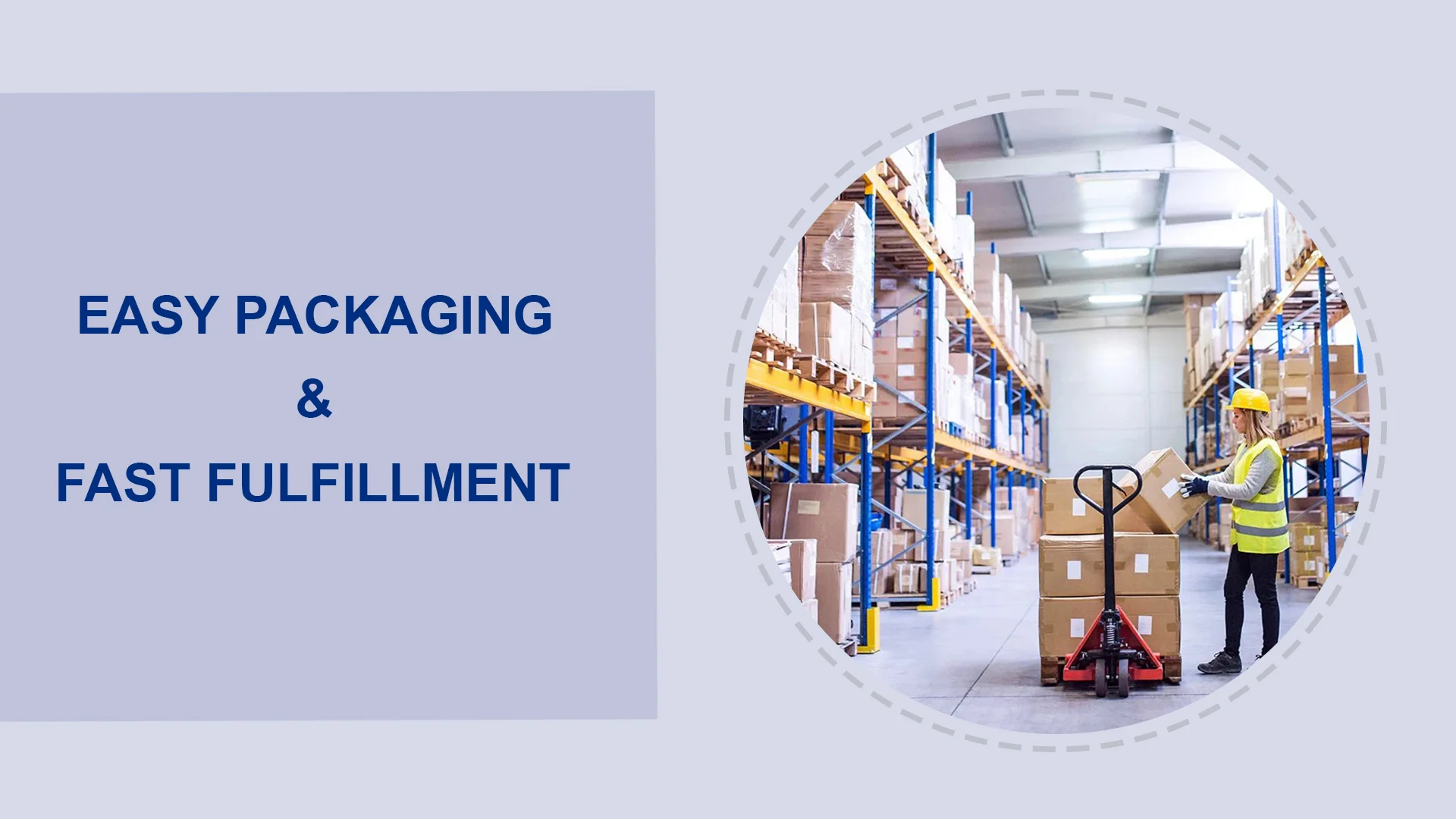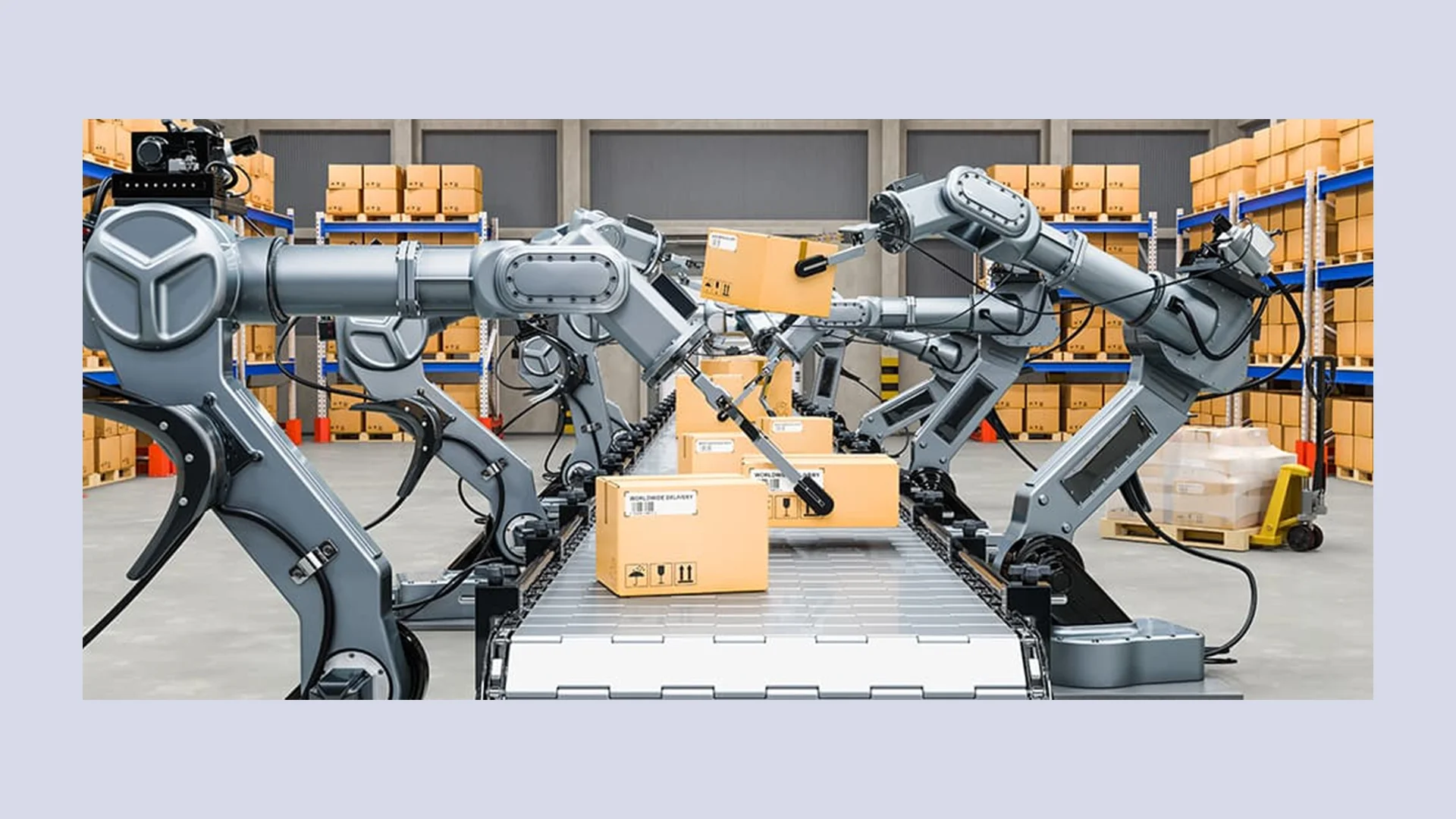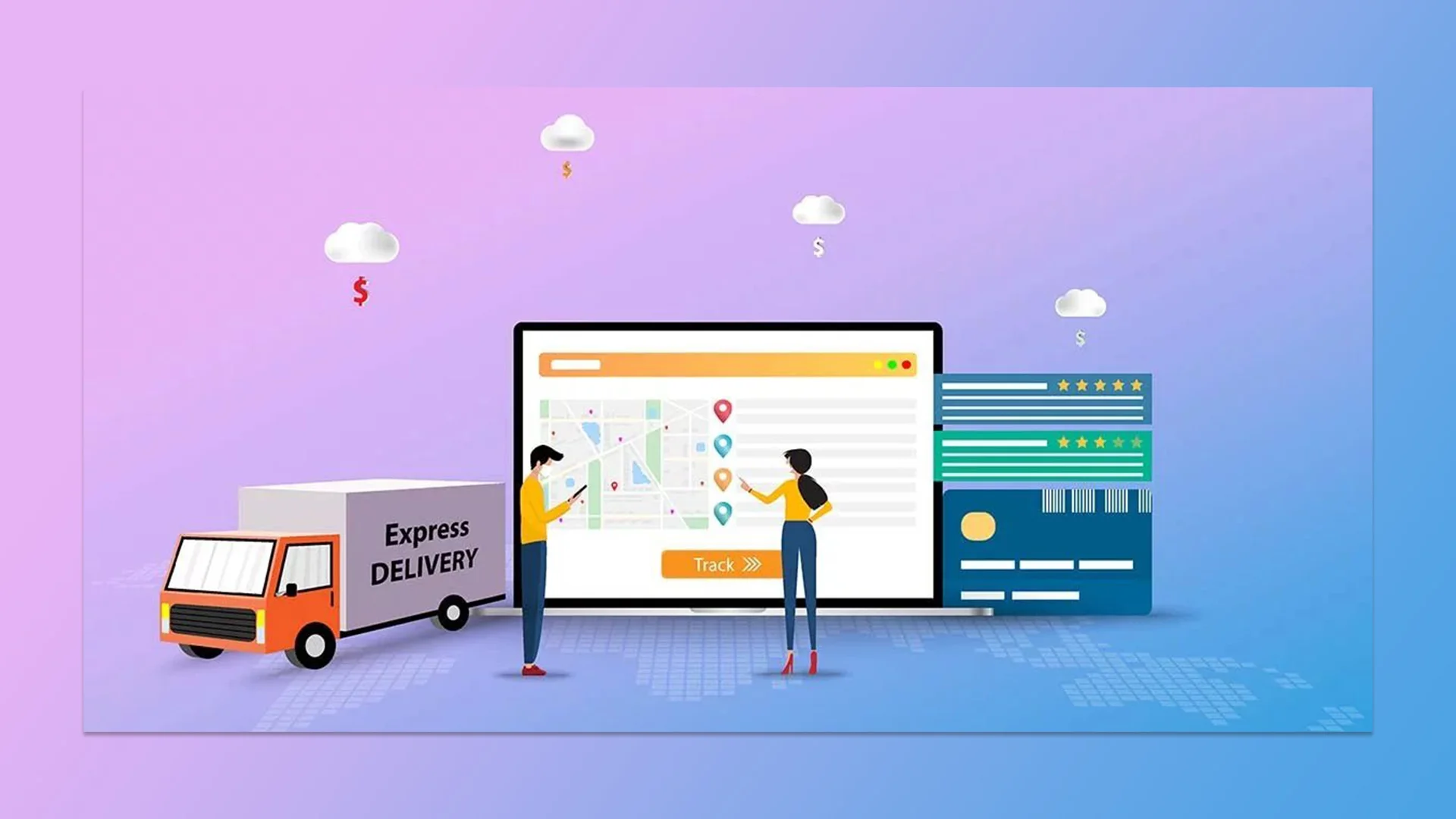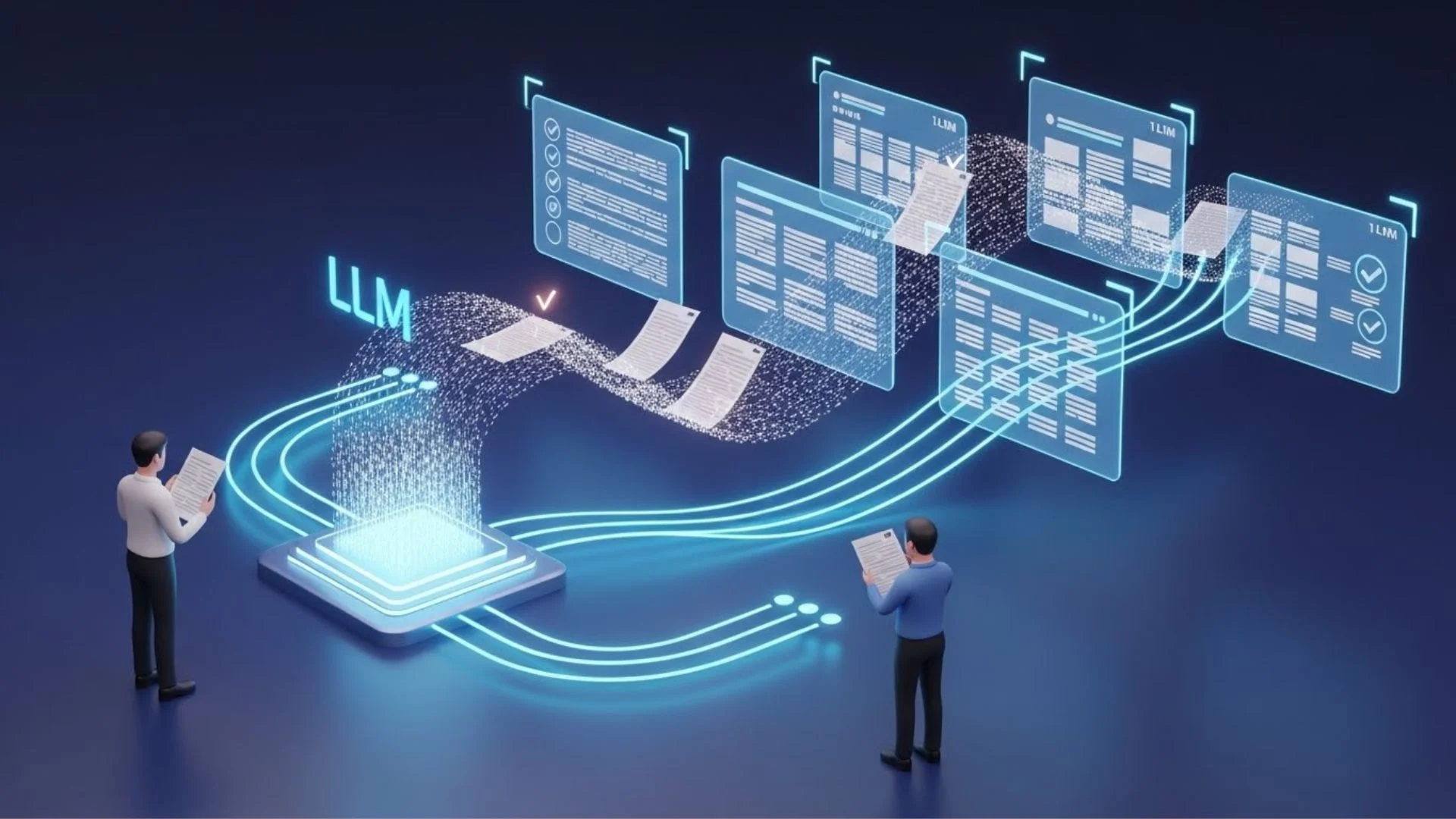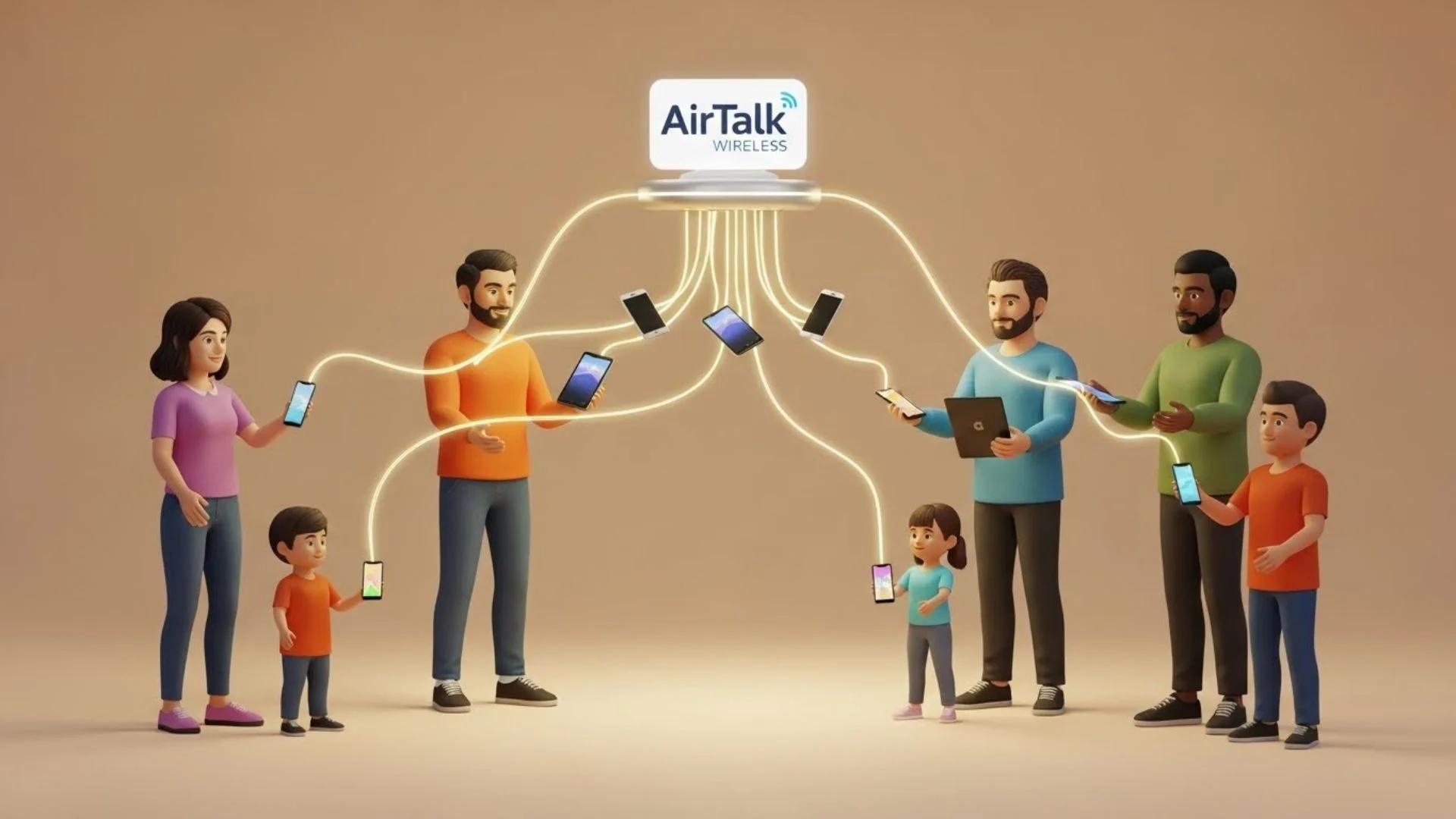Modern retail and e-commerce businesses face immense pressure to deliver products as fast as they can without compromising product quality. Any delay in packaging and fulfillment services can lead to higher operational costs, frustrated customers, or lost sales.
Traditional methods are the main contributors to inefficiencies. After all, the entire fulfillment process involves multiple product movements from receiving, storing, processing orders, picking, sorting, packing, and shipping.
The good thing is that technology provides solutions that automate repetitive tasks, improve inventory management, and optimize logistics processes. Modern tools can help reduce operational costs and enhance customer satisfaction. Let’s find out how.
Partner with Fulfillment Service Providers
Large ecommerce and retail stores often have in-house fulfillment capabilities. Such facilities receive, store, process, and ship customer orders. Fulfillment centers handle returns and repeat shipments in some cases.
Operating one requires significant investments in technologies. That’s why smaller businesses often have to rely on third-party logistics (3PL) providers that offer a wide range of fulfillment solutions. These companies do the heavy lifting, handling anywhere from inventory management to customized packaging and shipping logistics.
If you’re looking to cover your fulfillment requirements, contact Fulfillment Lab and similar providers in your area to see how they can help. Partnering with such organizations gives you access to advanced tools that otherwise remain out of reach to you.
Alternatively, you can continue reading to find out how providers use different tools to simplify order fulfillment processes. Gaining a better understanding of the subject helps you pick the right technology or service provider.
Switch to Cloud Systems for Interconnectivity
Cloud infrastructure provides the backbone for connectivity and scalability across multiple supply chain points and fulfillment centers. Cloud-based platforms make seamless data-sharing possible. With it, businesses can monitor inventory, manage logistics, and track deliveries from anywhere in the world. A connected ecosystem of devices not only supports real-time visibility. It also guarantees faster distribution processes, better order accuracy, and greater adaptability to changes in the market and supply chain.
Integrating cloud services requires proper planning and implementation. It pays to contact Contigo Technology and IT support companies in your area for expert assistance. They’ll make sure your new solutions integrate well with your existing systems for smooth operations.
Tap the Internet of Things (IoT) for Real-Time Monitoring
Fulfillment facilities house several pieces of equipment to handle goods. Preventing theft, damage, and machine breakdown can be tricky without proper monitoring tools. Thanks to IoT sensors and smart devices, businesses can instantly track shipment locations and storage conditions regularly. More importantly, warehouse managers can use the device to automate stock updates.
Providers can also place sensors on machines and equipment to spot potential issues. Doing so guides proper usage and preventive maintenance tasks, as managers can arrange repairs before minor issues turn into serious problems. It’s a great way to minimize machine downtime and prevent revenue losses.
Integrate Artificial Intelligence (AI) and Machine Learning (ML)
AI is one of the most versatile platforms, and businesses are always discovering new ways to use it. In the field of packaging and fulfillment, this technology can automate complex tasks and analyze vast amounts of data to improve decision-making.
Warehouse Management Systems for Optimizing Workflows
Advanced warehouse management systems (WMS) often have AI integrations. This feature enables the automation of several order fulfillment tasks. It eliminates manual data entry and facilitates better inventory control and order accuracy.
AI algorithms can likewise ensure that warehouses maintain optimal inventory levels based on customer purchasing patterns. Its real-time tracking capabilities and automated stock updates ensure accurate inventory counts. Businesses with access to this information can reduce incidences of stockouts and overstocking. WMS likewise integrates with e-commerce, supply chain, and enterprise resource planning platforms for continuous information flow.
Predictive Analytics for Informed Decisions
An AI subset, machine learning (ML), can continuously refine packaging and fulfillment operations by learning from historical data to adjust workflows. Predictive analytics enable facilities to anticipate shifts in customer demand so they can act accordingly.
ML platforms can detect inefficiencies and suggest improvements, for instance in optimizing warehouse layouts and supply chain management so that organizations can operate efficiently. Similarly, these technologies can detect suspicious transactions and other anomalies, making them a great tool for order processing and verification.
Developers often use these technologies together to develop powerful tools that address common challenges. Autonomous mobile robots, for example, run on AI and have sensors on them. They accelerate order processing by navigating through vast fulfillment centers and picking the right items in no time.
Embrace Robotics and Automation for Repetitive Tasks
The packaging fulfillment processes involve several moving parts—mainly software and physical devices. These tools make automation possible and drastically reduce human error and labor costs.
Picking, Sorting, and Labeling
Fulfillment facilities use barcode scanners and radiofrequency identification (RFID) to sort items and route them to the correct distribution center. A barcode-driven picking process optimizes routes as they show warehouse workers the right direction when retrieving orders.
Robotic arms and automated conveyor belts eliminate manual sorting, packing, and labeling tasks. These modern machines make batch picking possible, gathering multiple items for one or several orders simultaneously. Mobile pick-and-place robots can retrieve items, assemble shipments, and transport them in packing areas in less time and with guaranteed accuracy.
Packing
With instructions from order management software, automated packaging machines can adjust to different sizes and shapes, contributing to efficient packaging operations. Vision systems then inspect items for defects and accuracy before being sent to automated labeling machines that print shipping information.
3PL providers include packing services in order fulfillment, but companies can avail of this as a standalone service. Custom packaging services can benefit companies seeking to reduce their environmental impact. Working with a contract packaging facility means outsourcing various tasks, including creating plastic-free packaging materials. Adopting this business model results in faster turnaround times, less investment, and reduced waste.
Automation creates a seamless consumer fulfillment process by facilitating speed, accuracy, and scalability. Although these systems require considerable upfront costs, businesses can enjoy long-term savings and meet changing consumer demands without worries.
Logistics Software and Apps for Seamless Delivery
Offering superior products is no longer enough for online retailers. Exceptional customer service matters from the moment they place an order up until end-user delivery. Two critical technologies take center stage in these final phases.
Cloud-based logistics apps and platforms can integrate data from different channels of distribution. As such, it’s easier to coordinate shipment routes and optimize delivery times.
AI deserves recognition, too. The platform can select the best carrier and monitor package movements instantly. Similarly, route optimization software relies on algorithms to analyze traffic, reduce delays, and maximize fuel consumption.
See What Works and What Doesn’t, Then Improve
Retail ecommerce sales will likely reach over USD$ 4.3 trillion this year. It’s only going to get bigger in the coming years. Even so, technology and consumer demands are always changing, and staying competitive means keeping pace with these developments.
If you’re eyeing gaining a foothold in this expansive market, always track your current performance. Identify weak points and improve them. Doing so is a crucial exercise whether you’re doing in-house fulfillment processing or outsourcing it.
Final Words
Weaving technology into packing and fulfillment processes makes everything smoother. Automation, advanced tracking systems, software, and robotics are all available for businesses to use. These machines can help sort items, pack boxes, and figure out the best way to ship them.
Despite these advances, however, human oversight remains crucial. Evaluating your business needs and adopting the right technologies is the first step. If you lack the resources to manage logistics and product distribution in retail today, avail yourself of complete packaging fulfillment services. These providers serve as your best tools for achieving peak business growth and performance.
nandbox App Builder
Delivering a smooth consumer experience depends much on packaging and fulfillment, particularly in retail and e-commerce sectors. nandbox App Builder lets companies design tailored mobile apps that control packaging processes, monitor orders, and simplify the whole fulfillment process—without any programming. From inventory changes to shipping alerts, nandbox allows real-time collaboration between warehouse workers and consumers. Companies can also use automatic warnings, delivery status tracking, and barcode scanning to increase productivity and lower mistakes. Using nandbox, businesses can create clever, branded solutions that maximize packaging and delivery, hence guaranteeing quicker deliveries and more satisfied consumers.
